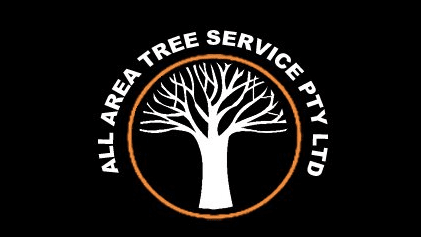Blog > 7 Common Tree Trimming Mistakes You Should Avoid
Why You Should Choose Wood Chipping
Aug 22, 2023
Trees, with their serene beauty, are an important part of our environment. Ensuring their health and vitality often requires regular maintenance tasks, such as tree trimming. However, there's a proper approach that needs to be followed. Incorrect tree trimming has the potential to harm the tree's health, possibly outweighing any benefits. In this blog, we’ll explore common mistakes you should avoid when trimming your trees.
1. Trimming at the Wrong Time
It’s a misconception that trees can be trimmed at any time. The timing can influence the tree's health:
- Winter: Trees are in a dormant stage, making it an optimal time for trimming. New growth is then encouraged in spring.
- Summer: After the primary growth season, trimming can be used to slow down the branches that you don't want.
However, avoid trimming in autumn. Trees heal slower during this time, making them more susceptible to fungal infections.
2. Over-Pruning the Tree
Excessive trimming can lead to a stressed tree, impacting its health and appearance:
- Ideally, don’t remove more than 15–20% of the tree canopy in a single session.
- Concentrate on removing dead, damaged or diseased branches first, as they can drain the tree's energy.
3. Topping the Tree
This harmful method involves cutting off a substantial part of the upper section of the tree. Here’s how it can impact the tree:
- Such cuts leave large, exposed stubs that can be an entry point for diseases and pests.
- This can also lead to weakened branch structures and increased vulnerability to storm damage.
Instead of topping, consider crown reduction, which involves trimming the canopy while maintaining the tree’s structural integrity.
4. Ignoring Safety Protocols
Without adequate precautions, tree trimming can be a hazardous task:
- Ensure you're wearing proper safety equipment, including gloves and a helmet.
- Always be conscious of your surroundings, especially overhead power lines and structures.
- If a tree is too tall or near electrical lines, it is best to call a professional.
5. Improper Trimming Techniques
Following proper trimming techniques is important:
- Avoid flush cuts that are too close to the trunk. These interfere with the tree's natural healing process.
- Conversely, leaving a long stub can lead to decay.
6. Using Blunt Tools
Using the right tools is important for achieving precise cuts when working with trees:
- Blunt tools can tear the bark or leave ragged edges, both of which can be detrimental to the tree's health.
- Clean tools after use, especially if you're moving between different trees, to prevent the spread of tree diseases.
7. Overlooking Expert Advice
Tree trimming, especially for mature or large trees, can be intricate:
- If you're unsure about how to proceed, it’s always best to consult with arborists.
- They can provide guidance on the best methods and timing for trimming specific tree species.
Reliable Tree Services on the Central Coast
By being aware of these common mistakes and adopting best practices, you can ensure your trees remain healthy, strong and beautiful.
Need professional guidance or service?
Reach out to
All Area Tree Service Pty Ltd for comprehensive tree services.
CONTACT INFORMATION
Mon-Fri 6:30 AM - 6:00 PM
Sat-Sun 9:00 AM - 5:00 PM
Weekends by appointment
OUR LOCATION
Site Links
Contact Information
Mon-Fri 6:30 AM - 6:00 PM
Sat-Sun 9:00 AM - 5:00 PM
Weekends by appointment
Our Location




